The UK’s Defence Science and Technology Laboratory (Dstl), an arm of the Ministry of Defence (MoD), has released never-seen-before declassified footage of the DragonFire Laser Directed Energy Weapon (LDEW) system engaging targets at the MoD’s remote Hebrides Range.
The test firings at the UK’s Hebrides firing range, which saw a Banshee aerial target engaged with the high-powered laser weapon demonstrator, appear to be the culmination of several years of work, with the programme unveiled in 2017.
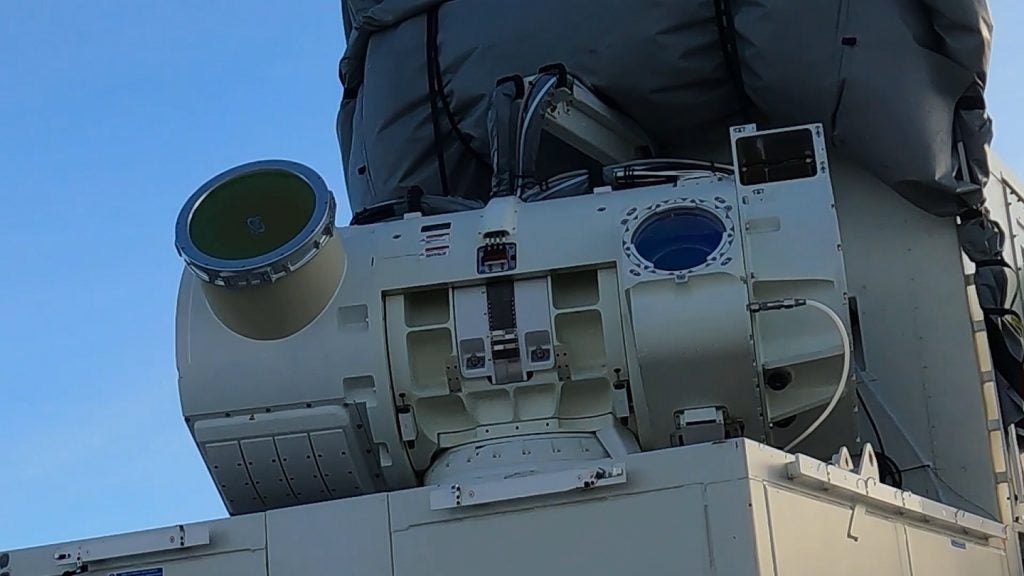
However, the programme, as a capability demonstrator, does not yet have a funded pathway into service with the UK military, although there are applications in counter-drone operations in both the land and maritime domain. Naval and small drone swarming technology poses an evolving threat to large military platforms, as seen during combat operations in Ukraine.
Army Technology was among a few select members of the media invited to visit Dstl facilities at Porton Down, near Salisbury, for briefings with Dstl and its defence industry media partners MBDA, Leonardo, and Qinetiq.
What next for DragonFire?
The development of an LDEW capability is being sought by a number of countries, including those in Europe and the US – with China also claiming to be able to field a laser weapon – as a lower-cost method to intercept aerial targets, mainly drones, at short ranges.
In 2017, the UK Government committed around £30m to industry to help develop an LDEW capability demonstrator, which later transformed into DragonFire. Since then, around £100m has been committed to the programme.
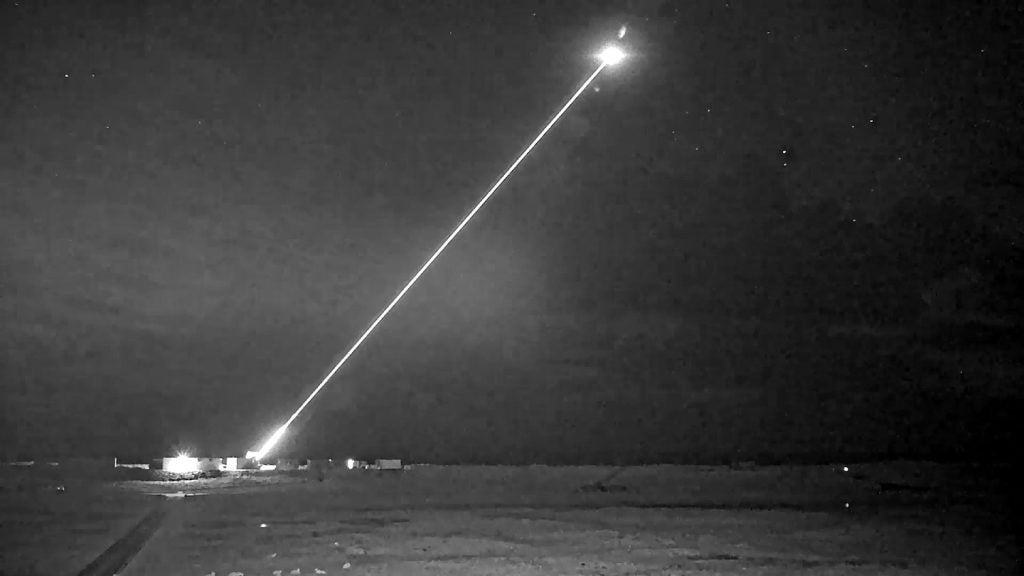
During the 5 March visit, a Dstl official at Porton Down stated that despite the capabilities of DragonFire it remained a “capability demonstrator”, with future development of a UK LDEW system requiring a “second generation” system.
Development timelines for DragonFire or future iterations were also dependent on funding decisions being taken in the UK MoD, which was trying to figure out “where and how” to take UK LDEW forward, but that there was “ambition” for further testing.
The industry trio central to the development of DragonFire – MBDA, Leonardo, and Qinetiq – said that they “stood ready” to take the system forward with any further developments that might be planned.
However, the consensus was that additional testing and experimentation is necessary to further develop and mature UK LDEW systems.
One such area would be in removing commercial-grade overseas-sourced components that have been used in DragonFire, in such as the fibre amplifier bundles used to turn milliamps of power input into a much larger output, a crucial capability to sustain a beam on target for the several seconds needed to have to desired effect. Other components would have to be militarised in order for the LDEW to cope with the conditions experienced during land or maritime combat operations.
In terms of current programme development, DragonFire could be classified as Technology Readiness Level (TRL) 7, it was stated.
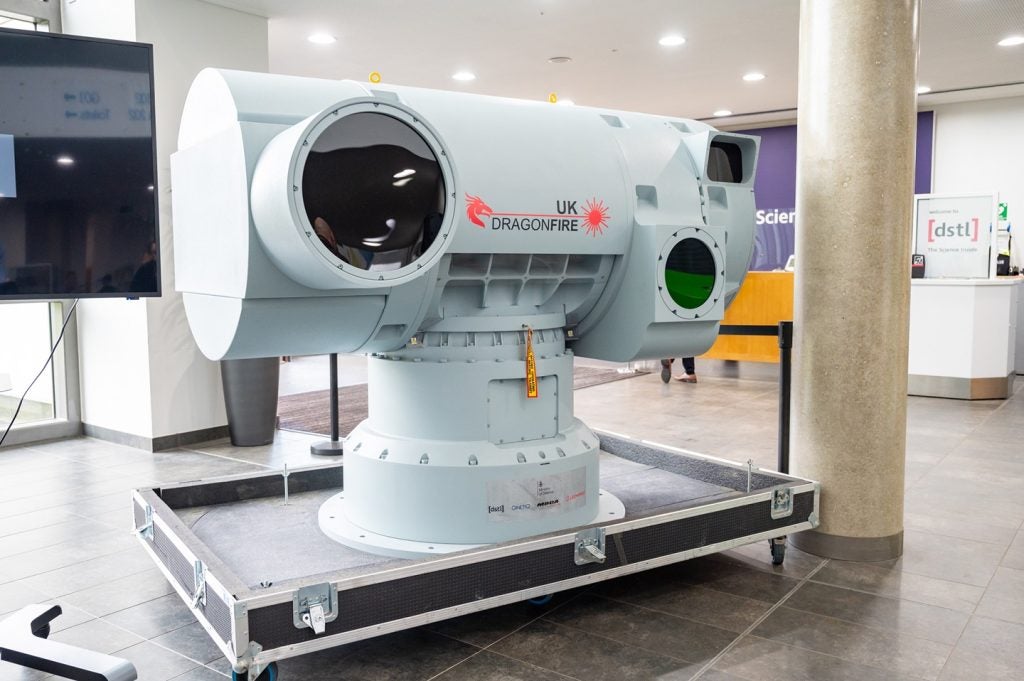
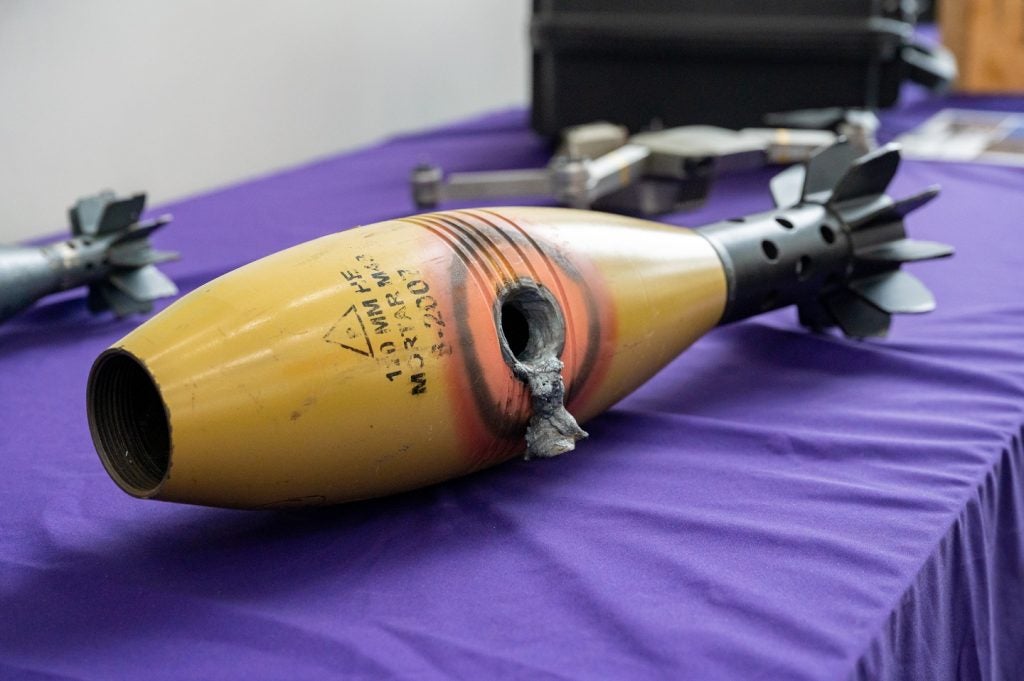
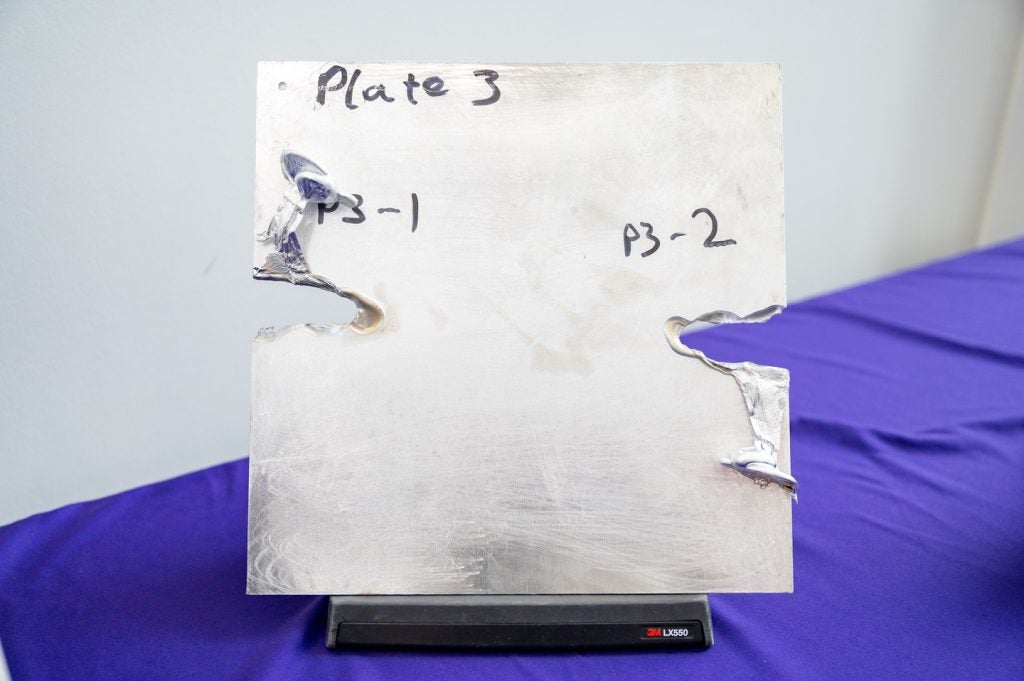
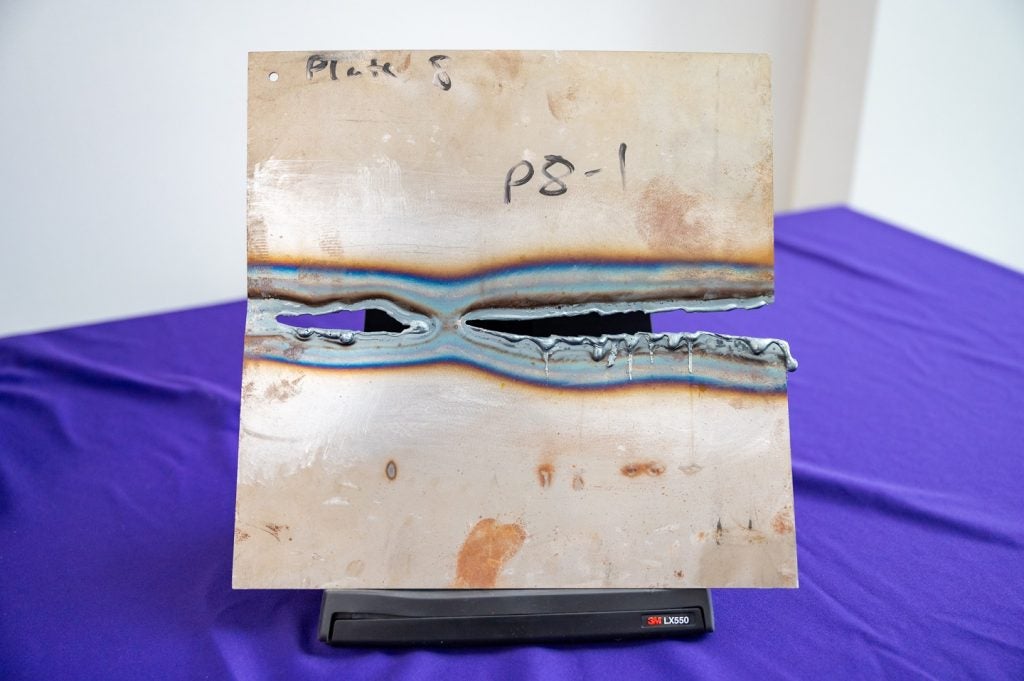
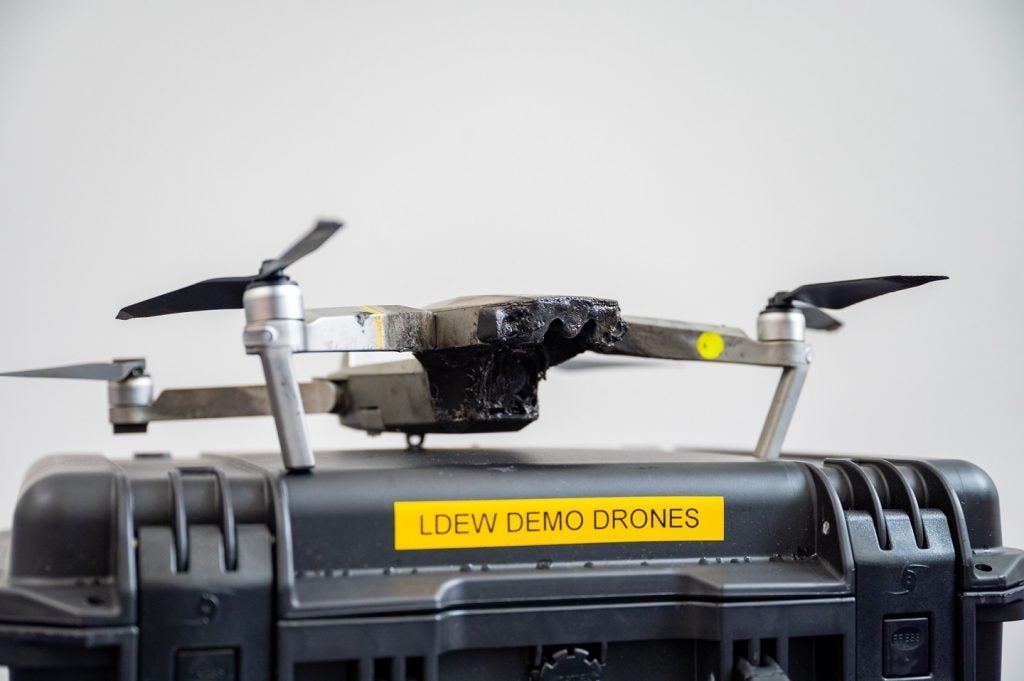
Industry officials present said that the DragonFire capability demonstrator could be classified in the 50kW power range, but the system could be scaled up or down as required. Exact interdiction ranges of the DragaonFire were not disclosed but known to be in the single-digit-kilometre distances.
The system such as DragonFire could be fitted to existing Royal Navy platforms such as the Type 45 air warfare destroyer, or else form a land-based short-range air defence (SHORAD) capability with the addition of a containerised power-generation system. Any naval development of an LDEW would need a separate battery system integrated into the host vessel, which could be charged or isolated through a bridging system.
LDEW as a growth military capability
Analysis carried out by GlobalData indicates that LDEW systems are transitioning away from the sphere of experimental technologies to the actual battlefield as they reach a sufficient level of maturity to warrant deployment. The US Navy has previously fielded an LDEW system, but the technology has not yet seen widespread adoption.
The development of laser and other directed energy weapon systems is also driving technological developments across a range of defence areas in lasers, fibre amplifiers, and other components, with patents in this sector between 2003 and 2021 rising by 172%, according to analysis.
Additional reporting by John Hill.











